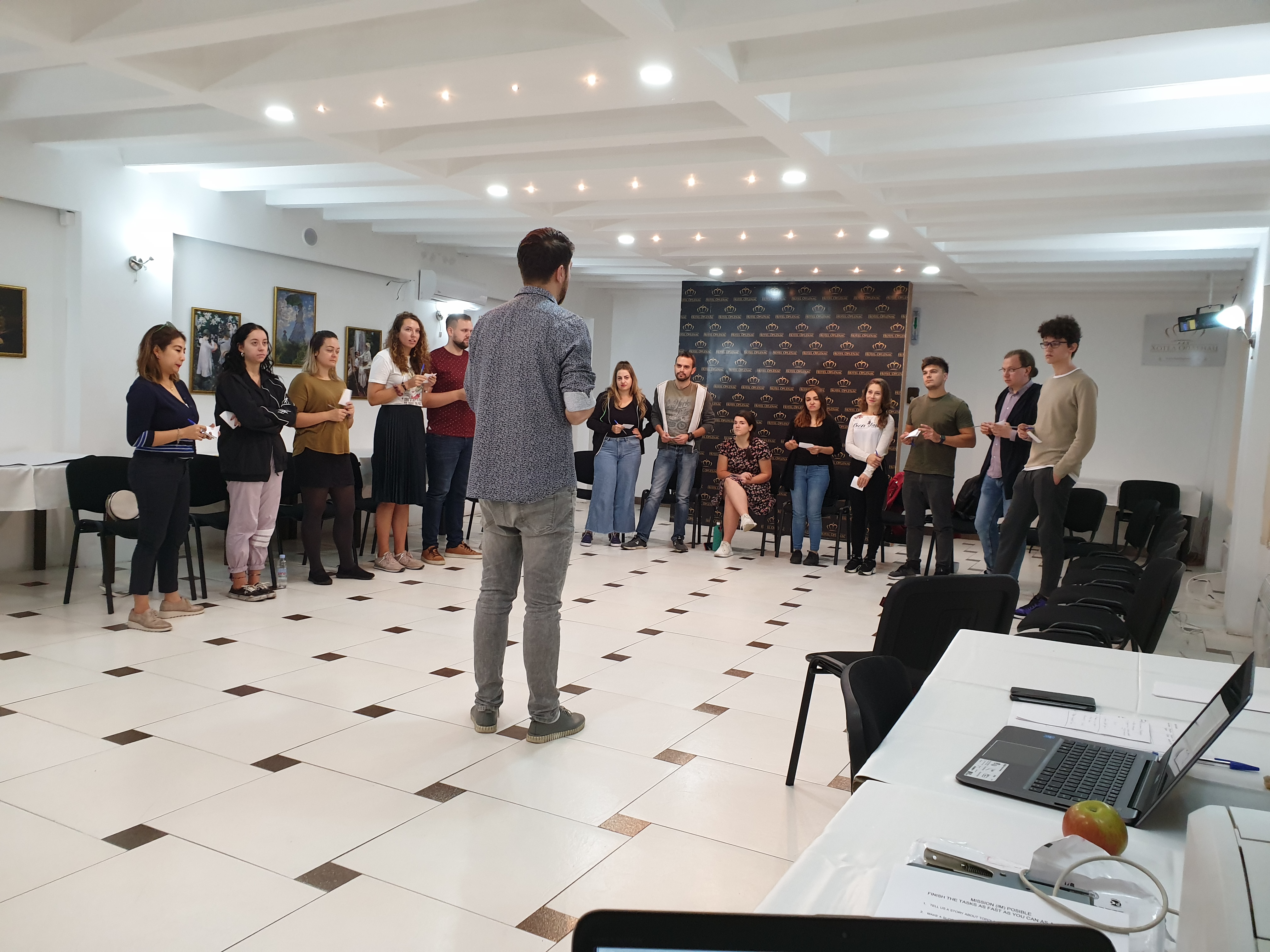Storytelling has been a fundamental part of human connection for centuries. From ancient cave paintings to modern digital narratives, we have always found ways to share our experiences, express our identities, and build understanding through stories.
But storytelling is more than just entertainment. It’s a powerful tool for inclusion, one that allows us to see the world through different perspectives, challenge stereotypes, and create a sense of belonging. In our second Creative Expression workshop, we explored how personal narratives can foster empathy and bring diverse voices to the forefront.
Here’s why storytelling matters and how you can use it to connect, inspire, and create a more inclusive world.
Why Storytelling is Essential for Inclusion
1. Stories Give a Voice to the Unheard
Many people’s experiences go unnoticed because they don’t fit into mainstream narratives. Storytelling empowers marginalized voices, offering a platform for individuals to share their truth. Whether it’s through spoken word, writing, or digital media, stories provide a space for people to be seen and heard.
2. Stories Build Bridges Between Different Experiences
When we listen to someone else’s story, we step into their world, even if just for a moment. This fosters empathy, understanding, and deeper human connections. A story about overcoming obstacles, embracing cultural identity, or challenging biases can break down barriers and build common ground.
3. Stories Challenge Stereotypes and Misconceptions
Representation matters. The more diverse and authentic stories we hear, the more we expand our view of the world. Storytelling helps dispel myths, break down harmful stereotypes, and reshape narratives that often exclude or misrepresent certain groups.
4. Stories Create a Sense of Belonging
When people share their experiences and find others who relate, they no longer feel alone. A well-told story can spark conversations, build supportive communities, and reinforce the idea that every voice matters.
Workshop Highlights
In this session, we encouraged participants to explore their personal narratives and experiment with different storytelling methods.
🔹 Writing Exercises on Identity and Experience
Participants engaged in guided prompts to reflect on their background, experiences, and perspectives. Some wrote about pivotal life moments, while others crafted fictional stories inspired by real emotions.
🔹 Digital Storytelling and Spoken Word Practice
Through video clips, audio recordings, and live spoken word performances, we explored how technology and performance can enhance storytelling. Many participants stepped out of their comfort zones to bring their words to life through voice and movement.
🔹 Open Mic: Sharing Stories in a Supportive Space
One of the most powerful moments of the workshop was the open mic session, where participants bravely shared their stories—some deeply personal, others humorous or reflective. The atmosphere was one of encouragement, vulnerability, and mutual respect.
How to Use Storytelling for Inclusion in Everyday Life
Want to make storytelling a part of your life and help foster inclusion? Here are some ways to get started:
✔ Listen Intentionally: Make space for stories that differ from your own. Seek out books, podcasts, and conversations that highlight diverse voices.
✔ Share Your Own Story: You don’t have to be a professional writer or speaker to tell your story. Journaling, blogging, video diaries, and social media are great ways to start.
✔ Create Spaces for Others to Share: Encourage storytelling in your community, workplace, or social circles. Hosting open mic nights, writing groups, or storytelling circles can help amplify unheard voices.
✔ Be Mindful of Representation: Whether in media, literature, or everyday conversations, challenge narratives that exclude or misrepresent certain groups. Advocate for diverse and authentic storytelling.
Looking Ahead: Next Workshop – Movement and Creativity for Mental Wellness
On January 11, 2025, we continue our journey with a workshop on the connection between movement, creativity, and mental health. Through dance, rhythm, and mindfulness exercises, we’ll explore how movement can be a form of storytelling and emotional release.
To participate, contact us on youthplus.org@gmail.com
